Guillaume Grzych (President of the PROTOSIDE association), Cécile Bossaert
September 10, 2024
Objective
The main objective is to explore the pathophysiology of nitrous oxide abuse, its clinical consequences, and the biomarkers used to diagnose and monitor its health effects.
Methods
The pathophysiological mechanisms induced by nitrous oxide abuse, highlighting the neurological, cardiovascular and metabolic alterations observed in patients, help identify clinical signs for clinical identification. We will also examine the pathophysiology with a view to presenting the available biomarkers, their clinical relevance and the challenges encountered in their use in clinical practice.
Results
We have set up a care pathway based on multidisciplinary collaboration. Our care pathway handles several hundred patients a year, from identification through coordination with the emergency department and neurology, to reporting through joint work with addictovigilance, right through to patient follow-up, which may require the involvement of addictologists. Despite the implementation of this comprehensive care pathway, difficulties encountered in the diagnosis and follow-up of nitrous oxide-abusing patients persist, and include both practical aspects and obstacles encountered in the implementation of diagnostic tools in an emergency setting [1], [2].
Discussion
The PROTOSIDE association(www.protoside.com) is a multi-disciplinary network bringing together professionals from a variety of backgrounds, including neurologists, emergency physicians, biologists, addictologists and addictovigilance experts. This collaboration provides an integrated and comprehensive approach to the problems associated with nitrous oxide abuse. It aims to provide healthcare professionals with an in-depth understanding of the clinical implications of nitrous oxide abuse, while sharing perspectives on how to improve the management of these patients. Thanks to the synergy of skills within the PROTOSIDE network, we hope to offer innovative and effective solutions (diagnostic tools, identification aids, etc.) to this growing public health problem.


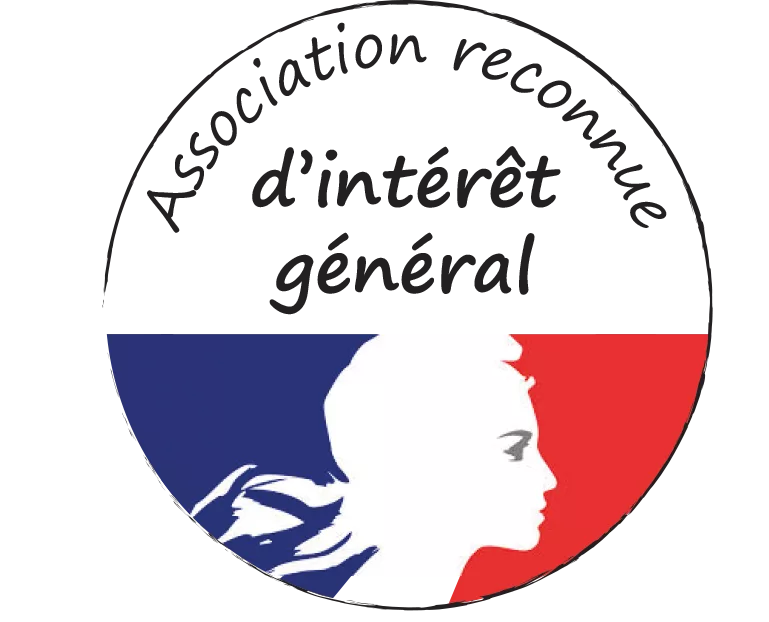

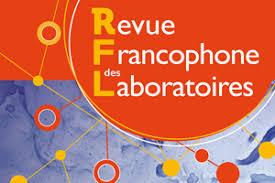
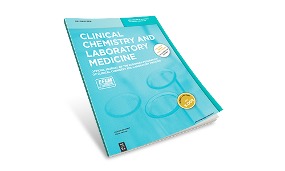

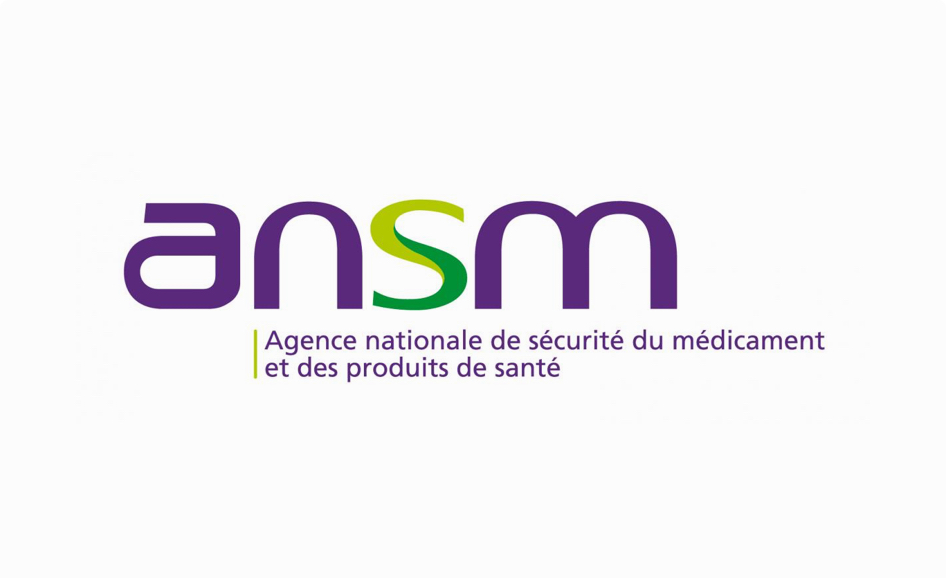
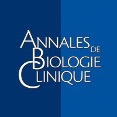
 Make a donation
Make a donation